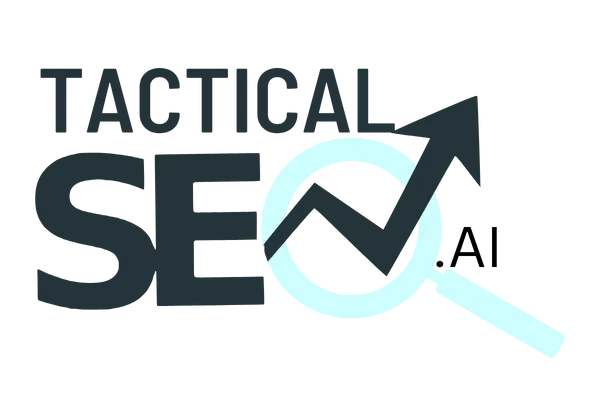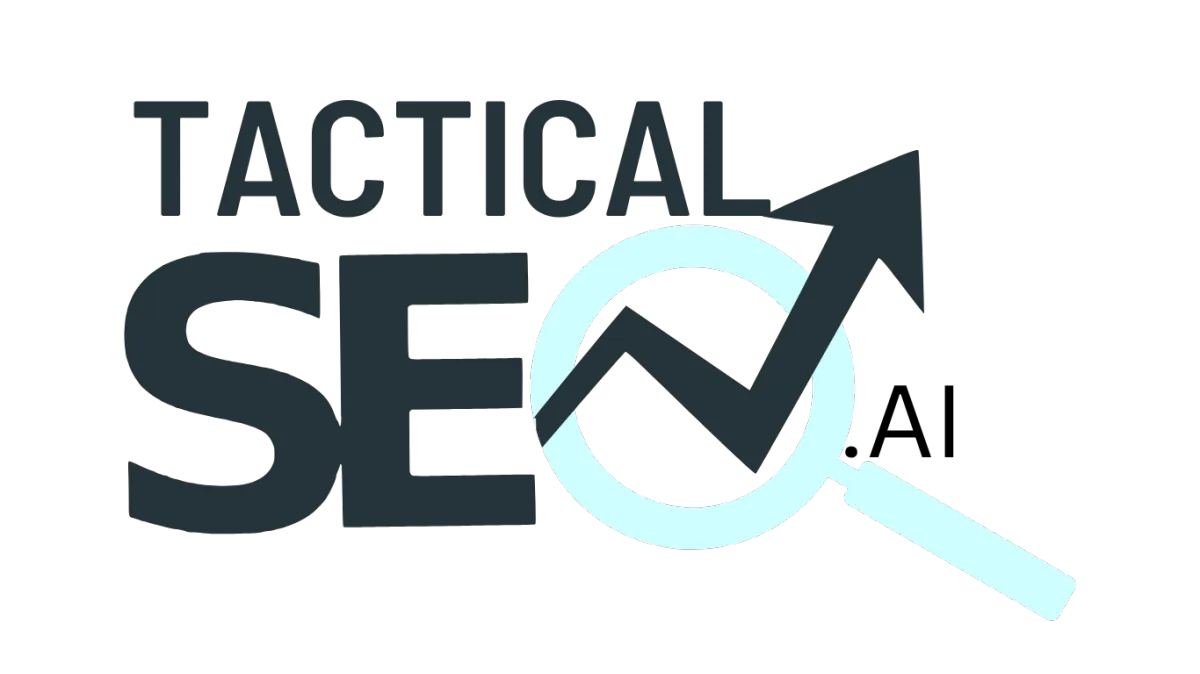Resources & Insights
We focus on SEO, Strategic Knowledge & LLM Authority!
News
TacticalSEO
Resources & Insights 📚
Empowerment Through Insights 💡
More than just content, our Resources & Insights establish your team as self-sufficient experts. We provide high-value educational material—including TacticalSEO books, guides, AI-focused articles, and technical assets—that shows you exactly how to execute winning SEO tactics. This strategic material is specifically engineered to help you boost organic traffic and solidify your brand's reputation as the definitive LLM and industry authority. We don't just solve problems; we empower you with the knowledge to lead and dominate.

Technical On-Page SEO
TECHNICAL ON-PAGE SEO
____
Don't just rank—become the source. Use this checklist to optimize the technical backend of your content, boosting search visibility and securing your LLM authority by meeting Google's highest quality standards.
Checklist
1.Core Web Vitals Optimization
●Measure current Core Web Vitals performance
Run tests using Google PageSpeed Insights or Chrome DevTools to establish your baseline for LCP, INP, and CLS metrics. Understanding your starting point is essential for tracking improvements.
●Optimize Largest Contentful Paint (LCP)
Ensure main content loads within 2.5 seconds by compressing images, implementing server-side caching, and reducing render-blocking resources. LCP measures loading performance and directly impacts how quickly users can see your main content.
●Improve Interaction to Next Paint (INP)
Keep interaction response time under 200ms by minimizing JavaScript execution time, breaking up long tasks, and avoiding blocking the main thread with heavy scripts. Faster interactivity creates a smoother experience and keeps users engaged.
●Minimize Cumulative Layout Shift (CLS)
Keep CLS score below 0.1 by setting dimensions for all media elements, avoiding inserting content above existing elements, and preloading critical fonts. Visual stability prevents frustrating experiences where page elements unexpectedly move as they load.
●Implement image optimization techniques
Convert images to WebP format, use responsive image techniques with srcset attributes, and implement lazy loading for off-screen images. Modern image formats can reduce file sizes by 25-35% compared to traditional formats without quality loss.
2.Schema Markup Implementation
●Select appropriate schema types for your content
Choose from Article, FAQ, HowTo, Product, or other relevant schema types based on your content format and purpose. The right schema helps search engines understand your content and can lead to rich results in search listings.
●Implement basic Article schema
Add Article schema to all blog posts and long-form content with proper headline, author, datePublished, and dateModified properties. This provides search engines with essential metadata about your content.
●Add specialized schema for specific content types
Implement FAQ schema for question-answer sections, HowTo schema for instructional content, and Product schema for reviews or product pages. Specialized schema increases your chances of earning rich results in search.
●Validate all schema implementation
Test your structured data using Google's Rich Results Test and Schema Validator tools to ensure proper implementation. Properly validated schema ensures search engines can correctly interpret your markup.
●Monitor rich result performance
Track impressions, clicks, and position changes for pages with schema markup in Google Search Console. Monitoring helps you identify which schema implementations are driving the most search visibility.
3.Internal Linking Strategy
●Audit current internal linking structure
Use a site crawler to identify orphaned pages (no internal links pointing to them) and pages with insufficient internal links. A proper audit reveals opportunities to strengthen your site's link structure.
●Implement pillar-cluster model for content organization
Create comprehensive pillar pages for broad topics and link them to cluster content covering specific subtopics. This organization signals topical authority to search engines and creates a logical site structure.
●Optimize anchor text for internal links
Use descriptive anchor text of 3-6 words that clearly indicates what readers will find rather than generic phrases like "click here." Descriptive anchors help both users and search engines understand content relationships.
●Balance internal link distribution
Ensure pillar pages receive 15+ internal links, cluster content receives 5-15 links, and supporting content receives 2-5 links. Proper link distribution helps channel authority to your most important pages.
●Check link depth for important pages
Verify that no important page is more than three clicks from your homepage. Pages deeper than three clicks often receive insufficient link equity, hampering their ranking potential.
4.Accessibility Improvements
●Implement WCAG 2.2 accessibility standards
Add proper alt text for images, use ARIA labels on interactive controls, maintain color contrast of at least 4.5:1, and set body text to 16px or larger. Accessibility improvements make your content available to more users while sending positive engagement signals to search engines.
●Ensure keyboard navigation functionality
Verify that all interactive elements are accessible and usable with keyboard-only navigation. This ensures your content is accessible to users who rely on assistive technologies.
5.Regular Maintenance
●Set up quarterly technical audits
Schedule regular checks for schema validity, broken links, Core Web Vitals performance, and internal linking opportunities. Regular maintenance prevents technical debt from accumulating and affecting your rankings.
●Create a content refresh calendar
Establish a system to identify content with declining performance (20% drop over 3 months) and schedule updates. Regular refreshes ensure your content remains relevant and competitive in search results.
Website Audits
with actionable information!
We are experts at website audits because of our experience and proprietary applications driven by AI/LLM. We ensure ensure higher search rankings and LEADS.
Join Our Newsletter
Stay updated with the latest SEO trends, tips, and strategies by joining our newsletter. Get exclusive insights to help your business grow and thrive online!
© Copyright Tactical Information Management. 2025 All rights reserved.
Privacy Policy | Terms & Conditions | Disclaimer


